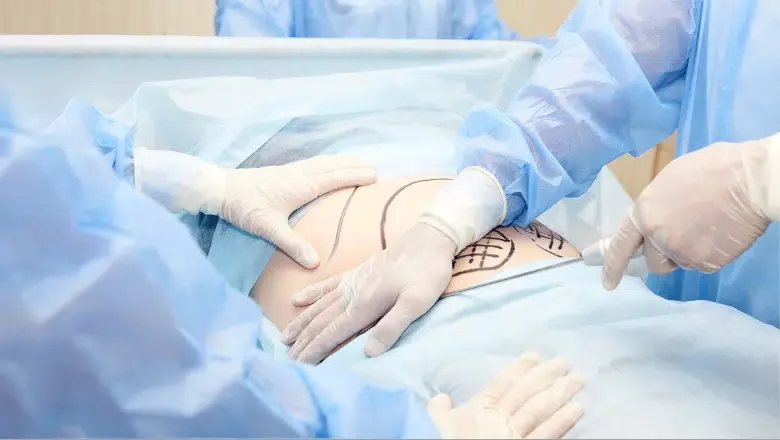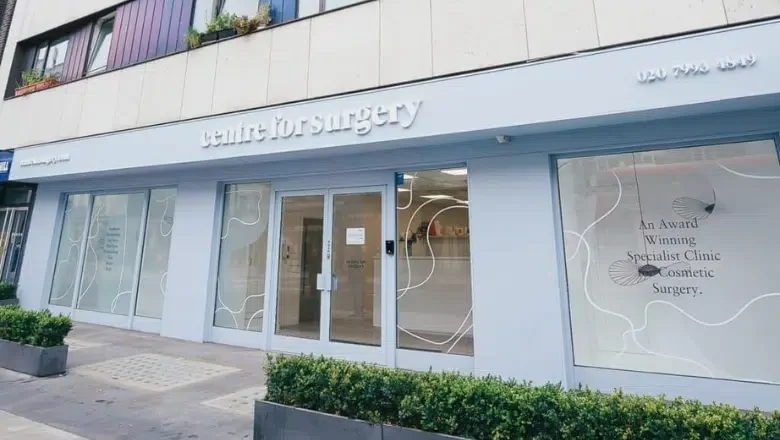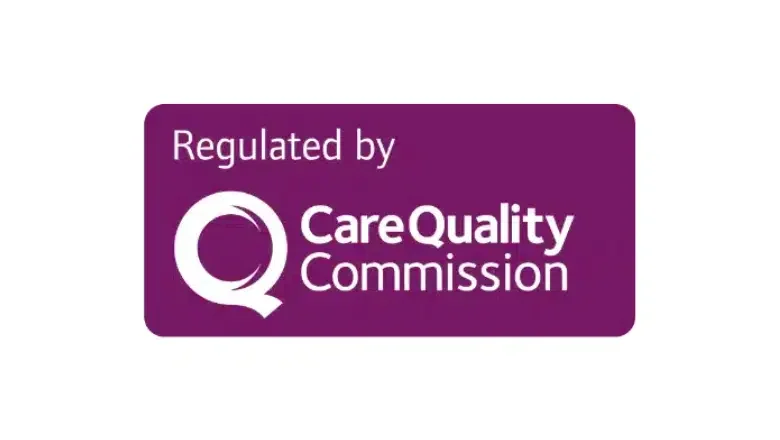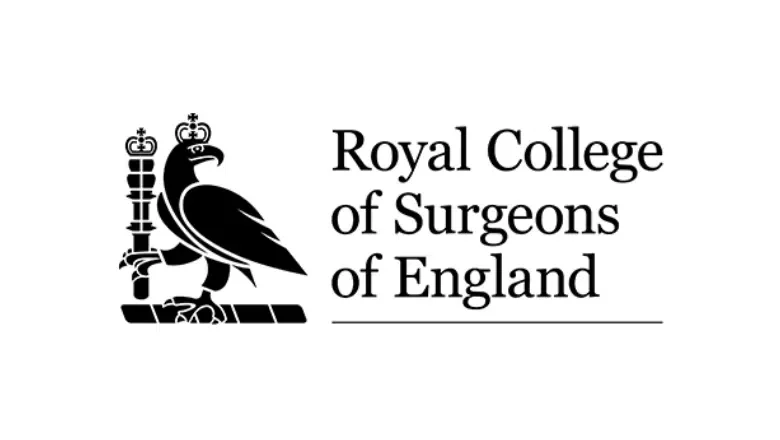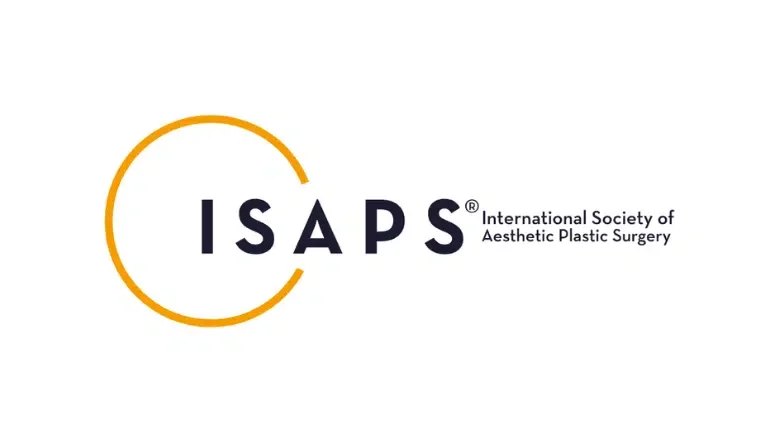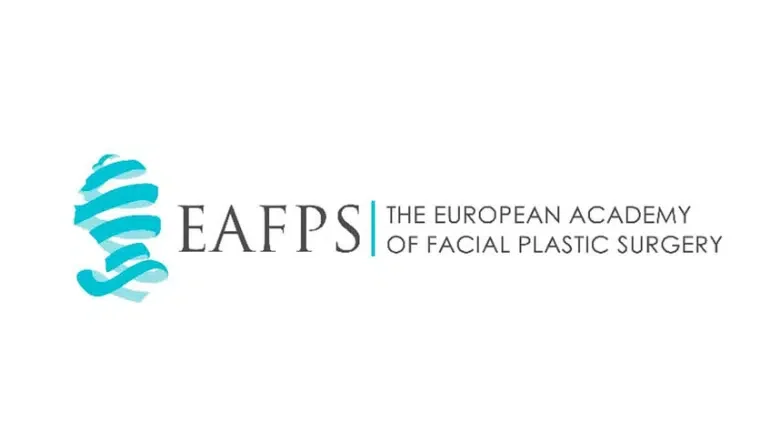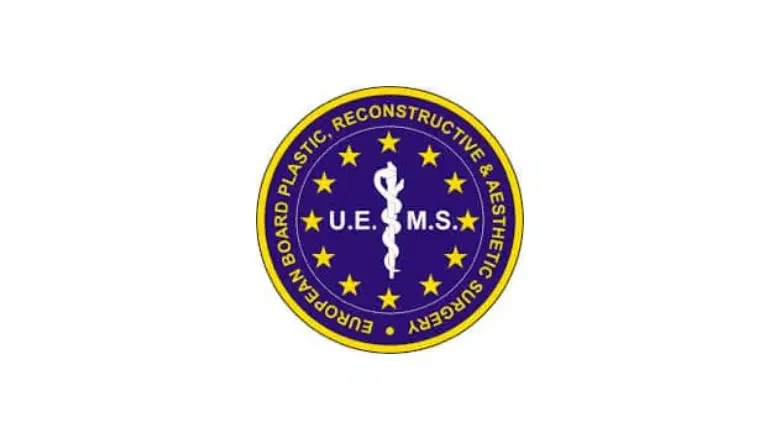Liposuction has long been a go-to procedure for those seeking to remove stubborn pockets of fat and achieve a more contoured body shape. It’s a popular cosmetic surgery with a reputation for quick and noticeable results. However, as with any surgical procedure, liposuction carries its own set of risks and potential complications. Knowing these risks, understanding how to mitigate them, and being aware of the different techniques available are key to making a well-informed decision. This article aims to provide a comprehensive overview of the potential risks involved in liposuction and how they can be effectively managed or avoided.
What Is Liposuction and What Are the Different Types?
Liposuction, often referred to simply as “lipo,” is a surgical method used to remove unwanted fat from specific areas of the body, such as the abdomen, thighs, arms, back, or chin. The aim of the procedure is not just weight loss but contouring and enhancing body shape. The areas treated are usually those where fat tends to persist despite healthy diet and exercise. Liposuction targets these areas to help patients achieve their desired body image.
RELATED: Liposuction FAQs – Q&A about Fat Removal Surgery
There are several different types of liposuction, and each method varies slightly in its technique and tools used. Choosing the right type is crucial for optimising results and minimising risks. Let’s take a closer look at the main types of liposuction:
1. Tumescent Liposuction
Tumescent liposuction is one of the most commonly used techniques. In this procedure, a saline solution mixed with a local anaesthetic is injected into the targeted fat area. This mixture helps to numb the area and make the fat cells easier to remove. Once the area is prepared, a small tube called a cannula is inserted through tiny incisions, and the fat is suctioned out. The tumescent solution also helps to reduce bleeding and bruising, making it one of the safer options.
2. Power-Assisted Liposuction (PAL)
Power-Assisted Liposuction, or PAL, is preferred by many surgeons, including those at Centre for Surgery. In this technique, the cannula is mechanised to move back and forth rapidly, which helps break down the fat more efficiently. The surgeon has greater control over the fat removal process, and the procedure often requires less time than other techniques. This also tends to result in a quicker recovery and fewer complications.
3. Ultrasound-Assisted Liposuction (UAL)
This technique uses ultrasound waves to break down the fat cells before they are suctioned out. The fat is liquefied, making it easier to remove. While this method can be effective for areas with denser fat, it is important to note that ultrasound waves involve a form of energy similar to radiation. Because of this, some patients and surgeons are wary of using UAL due to potential side effects associated with the heat generated during the procedure.
4. Laser-Assisted Liposuction (LAL)
Similar to UAL, laser-assisted liposuction uses laser energy to liquefy fat before removal. The laser heats the fat cells, which helps to melt them down for easier extraction. However, the heat used in this method can cause burns or thermal injuries if not managed carefully. This is why some surgeons and patients prefer to avoid this technique, especially if they are concerned about the risks of skin damage or burns.
While all these techniques are designed to remove fat and sculpt the body, they each come with their own benefits and potential downsides. Knowing the risks and choosing the right type of liposuction is a vital first step in achieving safe and satisfying results.
The Risks and Complications of Liposuction
Just like any surgical procedure, liposuction carries potential risks and side effects. Understanding what these risks are and how to avoid them can make a significant difference in both the outcome of the surgery and your overall experience. Below, we will explore both the common and less frequent complications of liposuction and discuss what you can do to minimise these risks.
Common Risks and Side Effects
One of the most important things to know about liposuction is that some side effects are considered normal and expected parts of the recovery process. These common side effects generally resolve on their own as the body heals.
- Bruising: Bruising is a typical side effect of liposuction and should not be a cause for concern. The bruising occurs due to the trauma of removing fat through suction, which can damage blood vessels. The extent of bruising varies from person to person, with those who bruise easily seeing more significant discolouration. While it can be alarming initially, the bruises will typically fade within a few days to weeks.
- Swelling: Swelling is another normal part of the recovery process and is actually a sign that the body is healing. Swelling happens as the body’s inflammatory response kicks in to repair the treated area. Additionally, excess fluid from the procedure may contribute to swelling. To help minimise swelling, wearing a compression garment as advised by your surgeon is essential. Most surgeons recommend that patients wear compression garments for at least six weeks to reduce swelling and help with proper drainage. In general, most swelling subsides within three to six months after the procedure.
- Loose or Saggy Skin: After fat removal, the skin in the treated area may appear loose or saggy. This is usually temporary, as the skin requires time to contract and adjust to the new body contours. The degree of sagging depends on factors such as age, skin elasticity, and the amount of fat removed. Wearing a compression garment as recommended can also assist in helping the skin tighten more quickly.
Less Common Risks and Complications
While most patients recover well from liposuction with only minor side effects, some complications are less common but more serious. Knowing these potential risks can help you make informed decisions and work closely with your surgeon to prevent them.
- Thrombophlebitis: Thrombophlebitis is a condition where a blood clot forms in a vein, causing the vein to swell. It can occur if the treated area is not properly drained after the procedure, and the body struggles to cope with the excess fluid. This complication requires medical attention and may be prevented by following the surgeon’s aftercare instructions closely, particularly around fluid drainage and compression.
- Contour Irregularities: After liposuction, some patients may experience contour irregularities, where the skin appears bumpy, wavy, or uneven. This can occur if the skin’s elasticity is poor or if the fat is not removed evenly. Additionally, residual fat lumps may be left under the skin. Should contour irregularities arise, revision surgery may be required to smooth out the affected areas and achieve a more natural appearance.
- Numbness: It is rare, but some patients may experience numbness or loss of sensation in the treated area after liposuction. This is generally a sign of nerve damage, though it is often temporary. Over time, the body and its nerves tend to heal naturally, and sensation is usually restored within a few weeks to months.
- Infections: While rare, infections can occur after liposuction if the surgical site is not kept clean or the wound care is not properly followed. Signs of infection include redness, increased pain, fever, and unusual discharge. Following your surgeon’s aftercare guidelines and maintaining proper hygiene are critical for preventing infections. If an infection is suspected, it should be treated immediately with antibiotics or other medical interventions.
- Skin Burns: Skin burns are a potential risk associated with liposuction techniques that use heat, such as laser-assisted liposuction. If not handled properly, the heat can damage the skin and lead to burns. The risk of burns is one of the reasons why many clinics, including Centre for Surgery, do not favour heated liposuction techniques and instead opt for safer methods like PAL.
Minimising Risks: The Importance of Choosing a Qualified Surgeon and Following Aftercare Guidelines
The key to reducing the risks of liposuction lies in two main factors: selecting a qualified and experienced surgeon and adhering closely to the aftercare guidelines provided. Choosing a reputable clinic with a history of successful outcomes and a team of skilled professionals can make a significant difference in both the safety and effectiveness of your procedure.
During your initial consultation, your surgeon should discuss all potential risks associated with liposuction, explain the type of liposuction they recommend for your specific needs, and ensure that you fully understand the aftercare requirements. It’s vital to follow these instructions carefully, as proper aftercare can greatly reduce the likelihood of complications and enhance your overall recovery.
Aftercare typically includes wearing compression garments, keeping the surgical site clean, avoiding strenuous activities during the initial healing period, and attending any follow-up appointments to monitor progress.
About Centre for Surgery: Your Trusted Partner for Safe and Effective Liposuction
Centre for Surgery is a leading London-based clinic that specialises in cosmetic procedures, including liposuction. Our team of expert surgeons at Centre for Surgery are dedicated to providing high-quality care, advanced techniques, and individualised treatment plans for each patient. With a strong commitment to patient safety and satisfaction, Centre for Surgery only uses liposuction techniques that are both effective and have a low risk of complications, such as Power-Assisted Liposuction (PAL).
What sets Centre for Surgery apart is the team’s extensive experience and dedication to patient care and their transparent and thorough consultation process. From your first enquiry to your post-operative care, the team ensures you have all the information you need to make informed decisions and achieve the best possible results.
With a focus on transparency, patient education, and personalised aftercare, Centre for Surgery is a trusted choice for those seeking to undergo liposuction in a safe, professional, and supportive environment.
